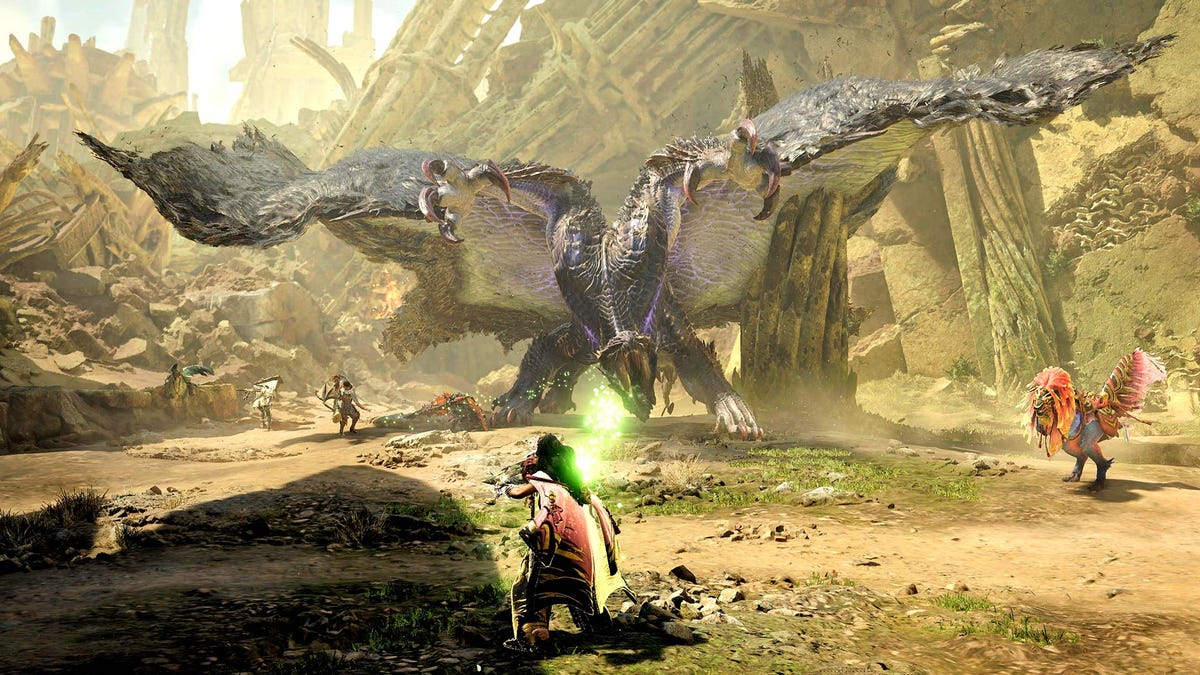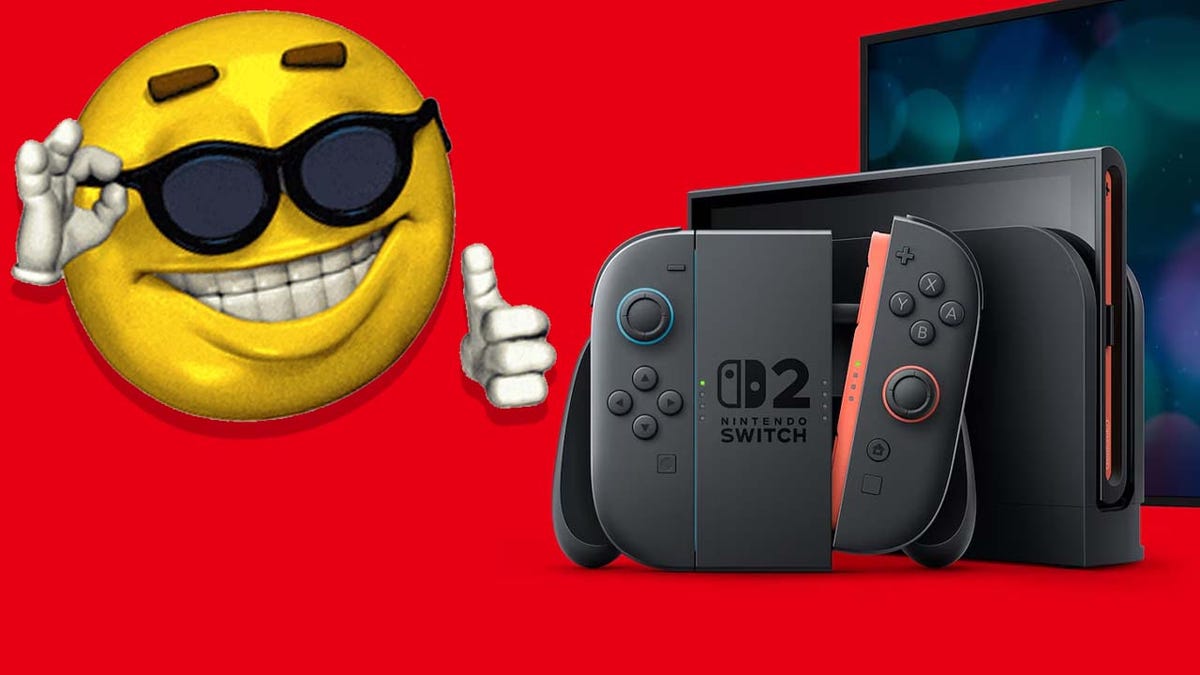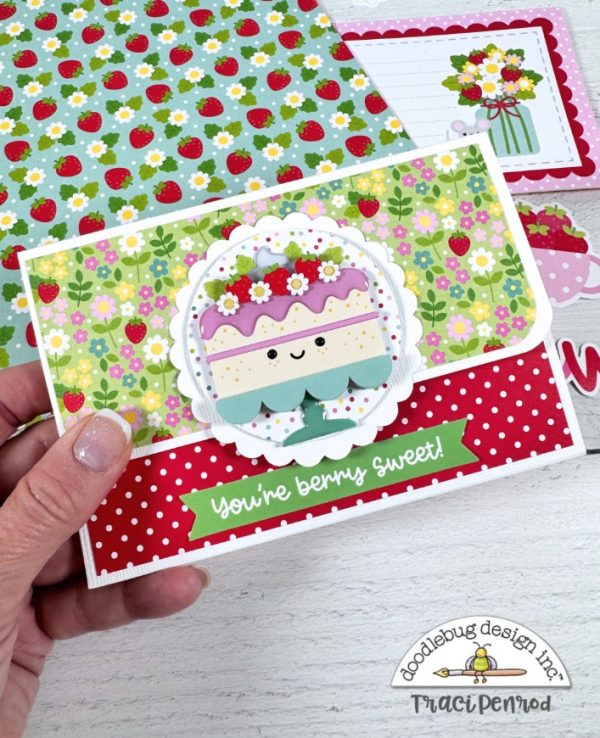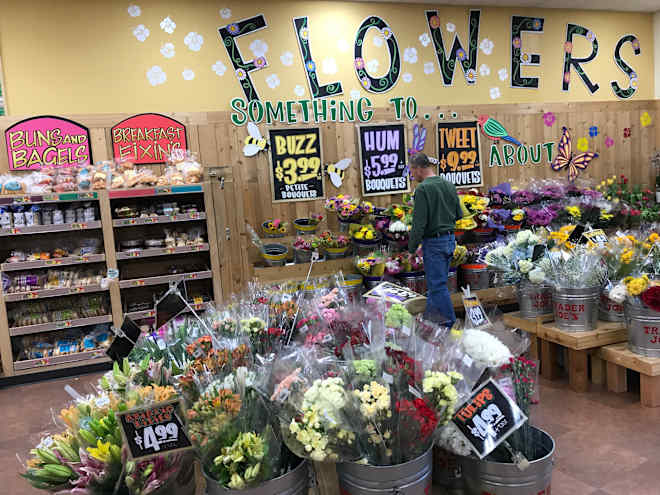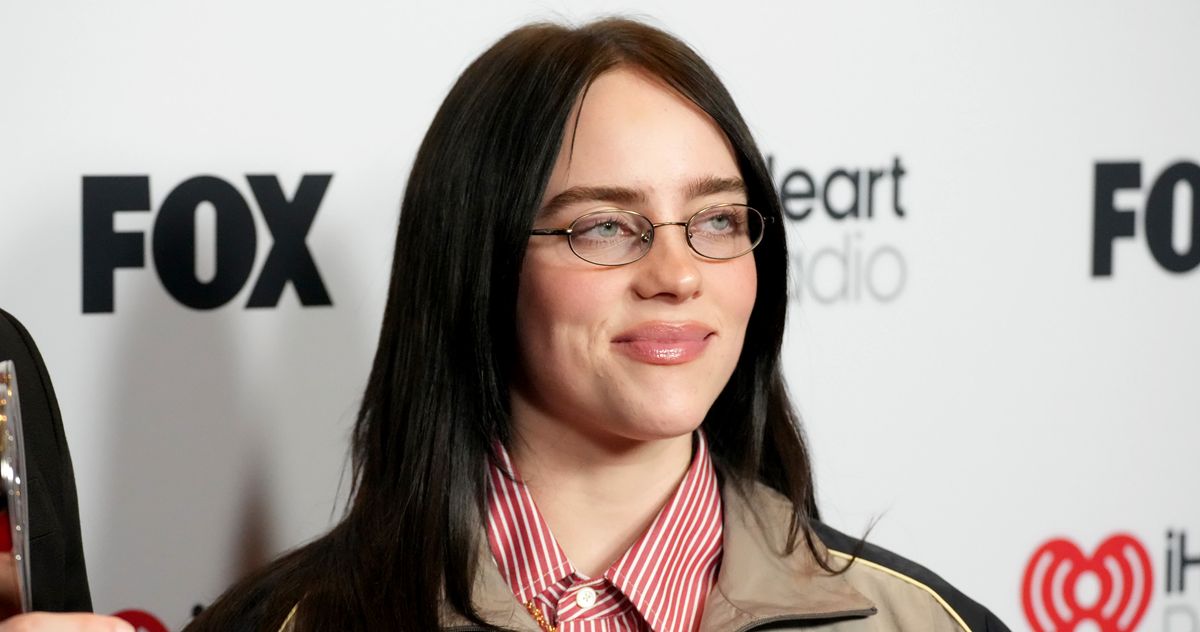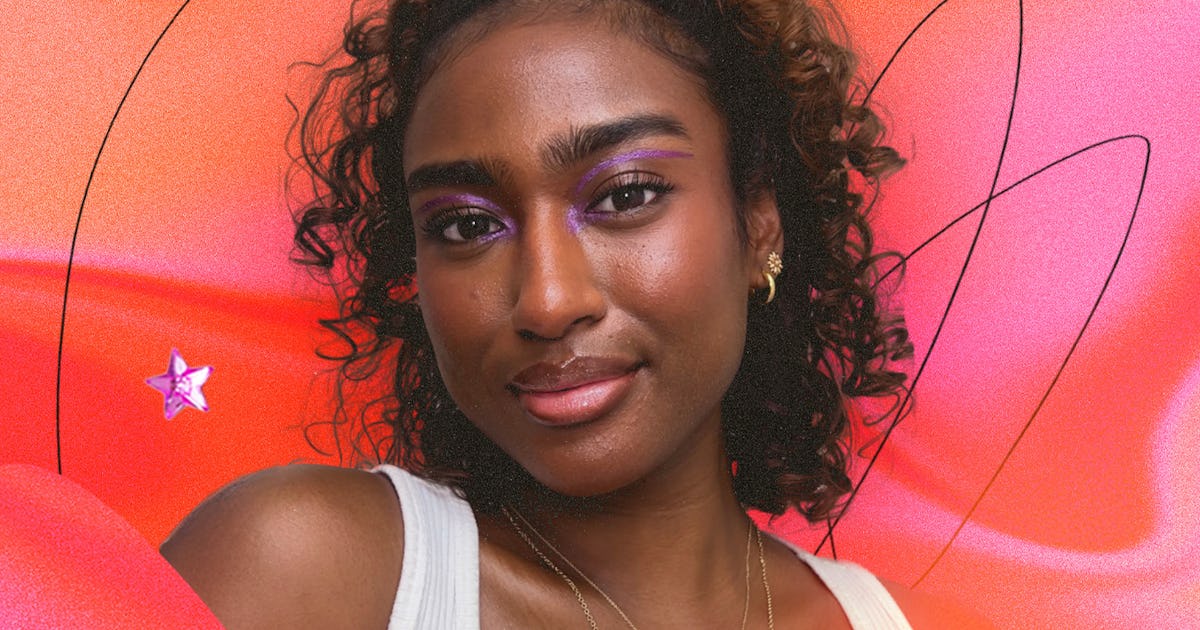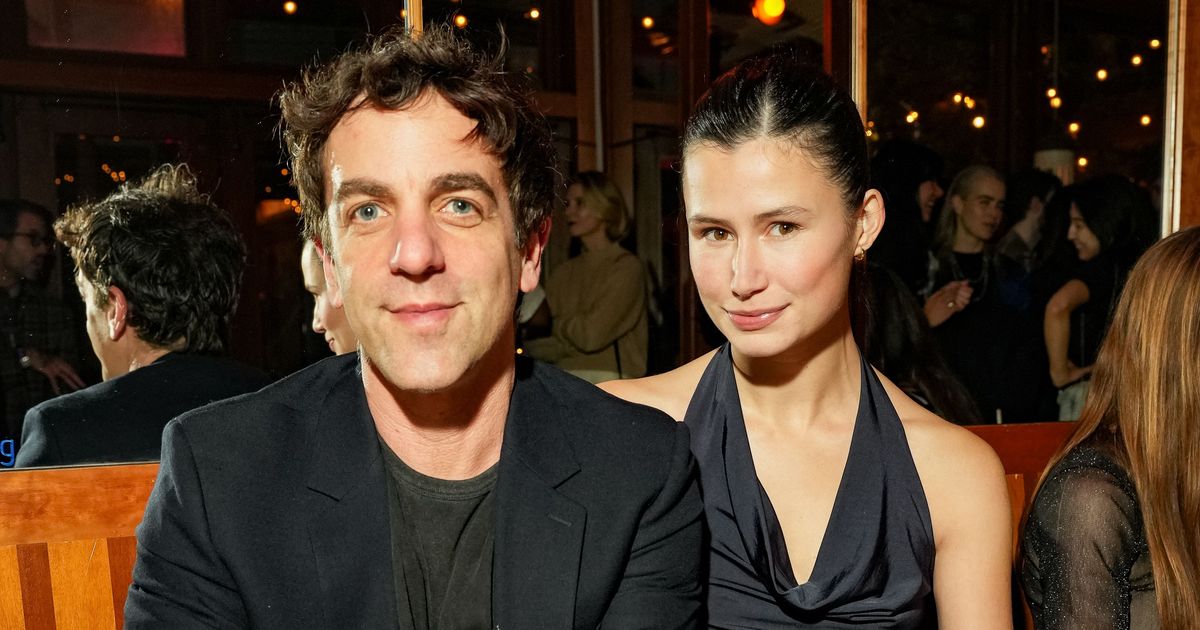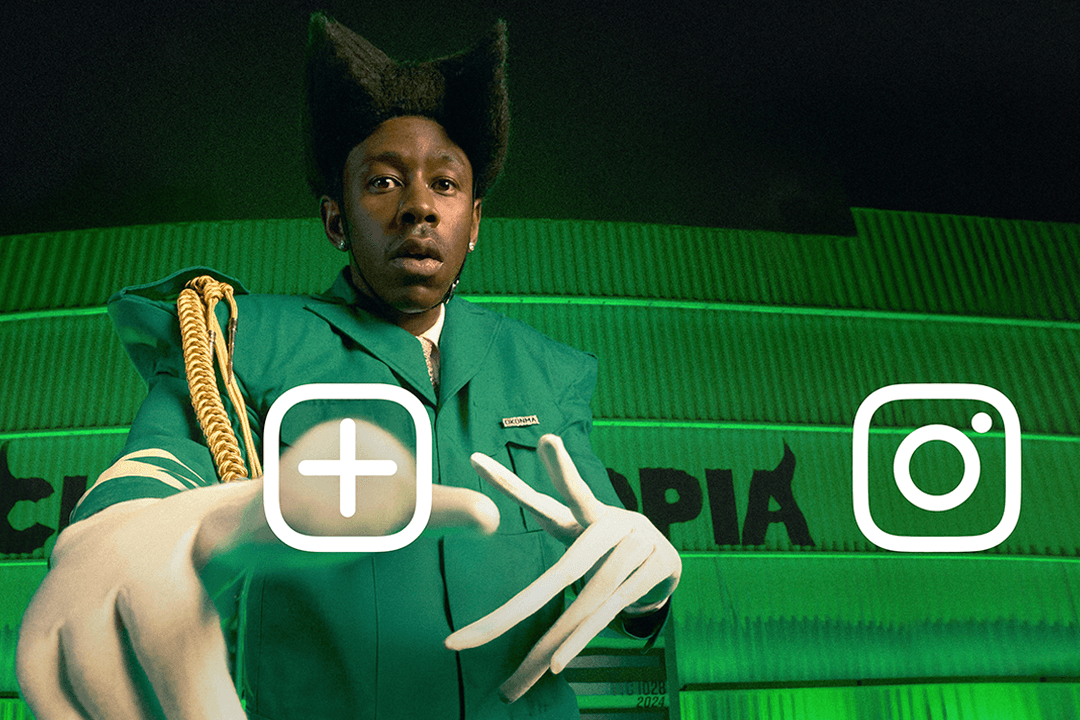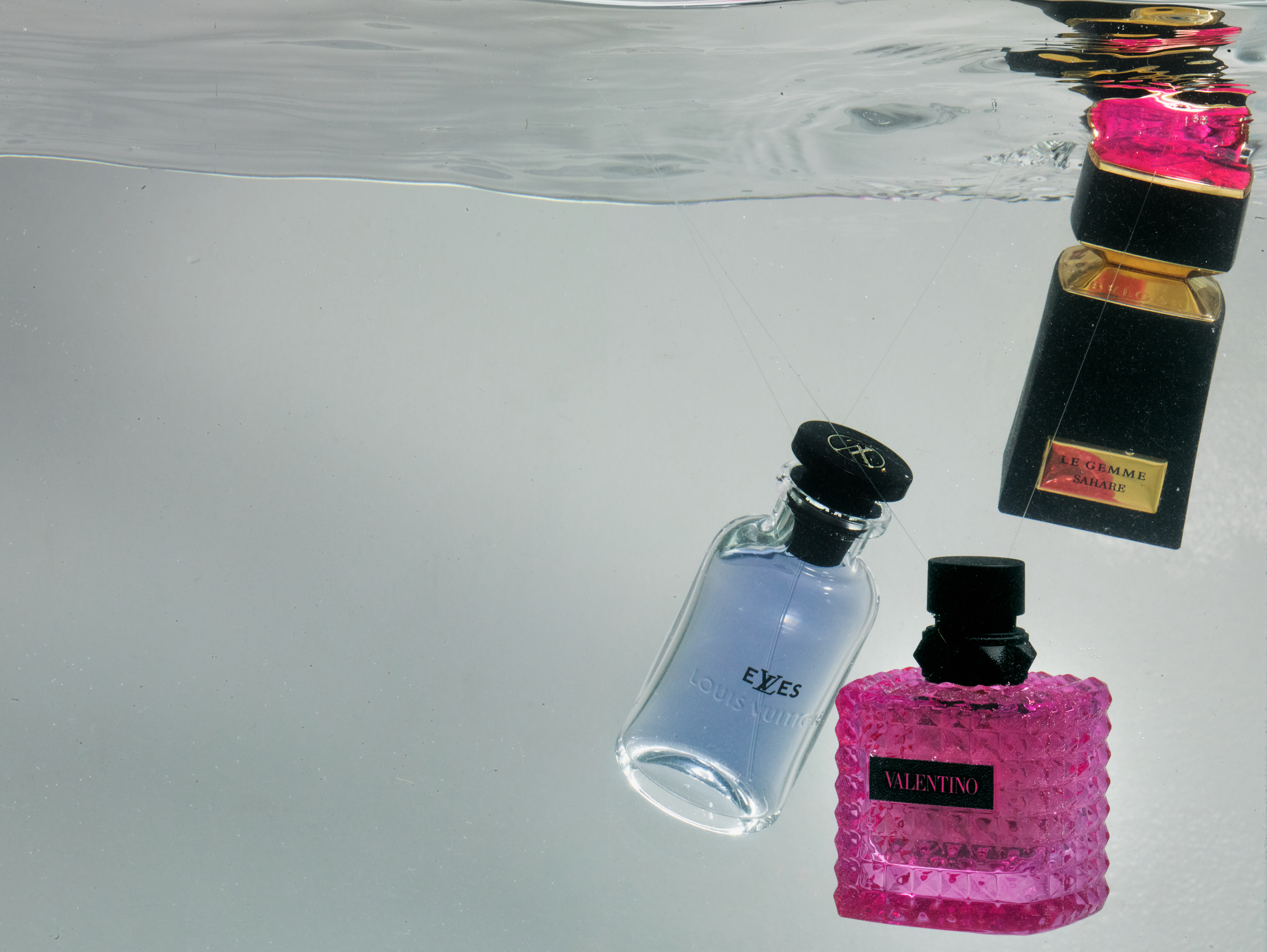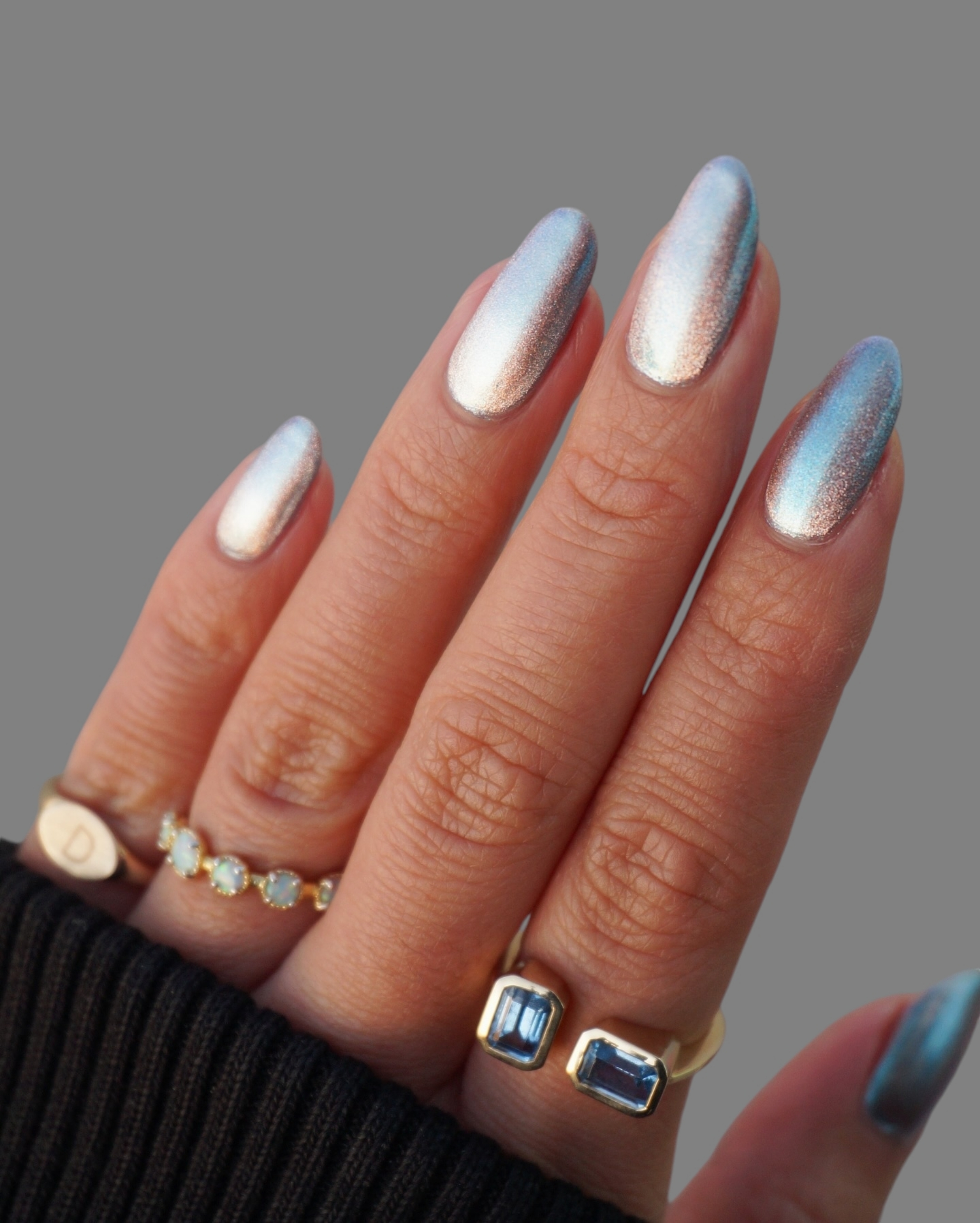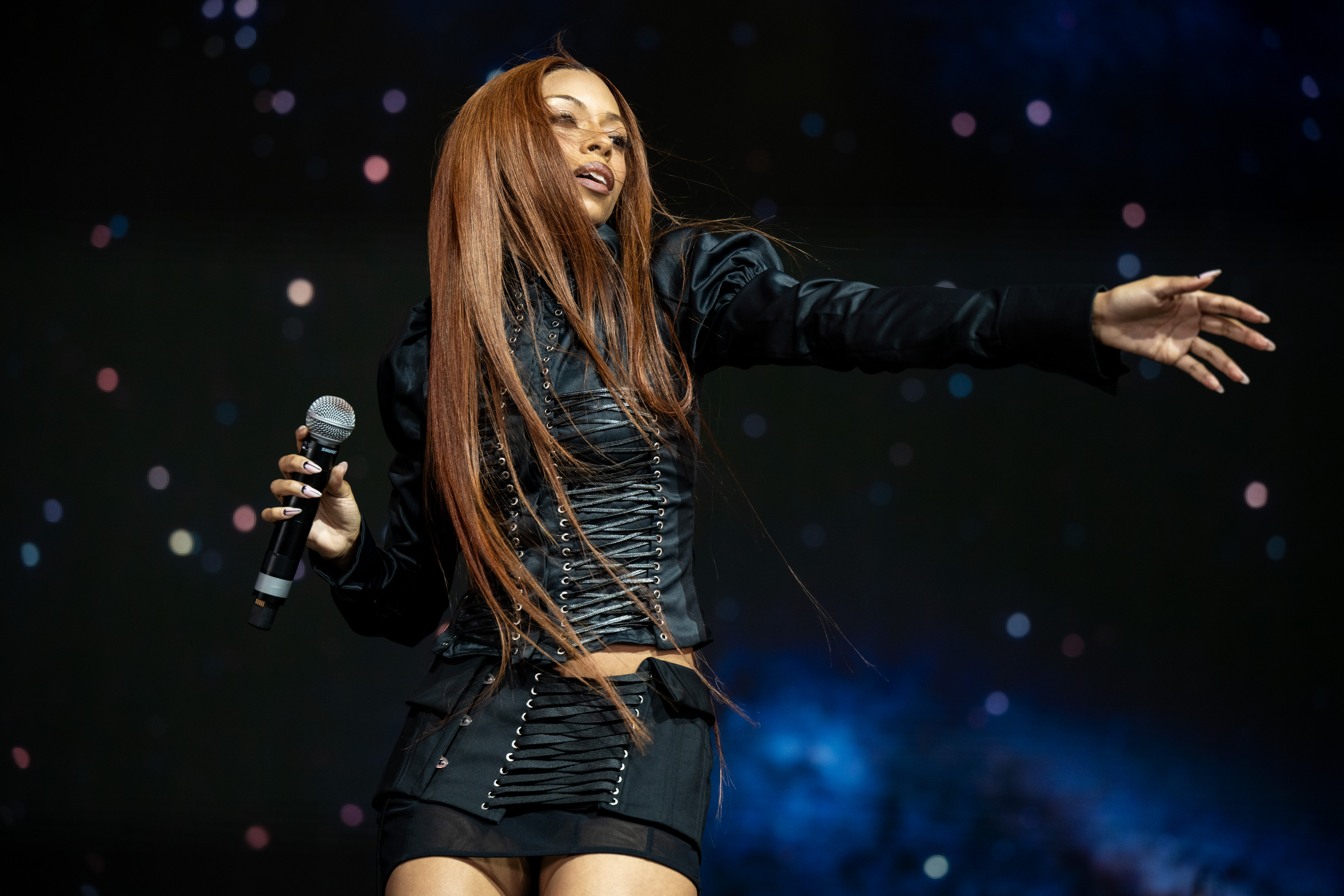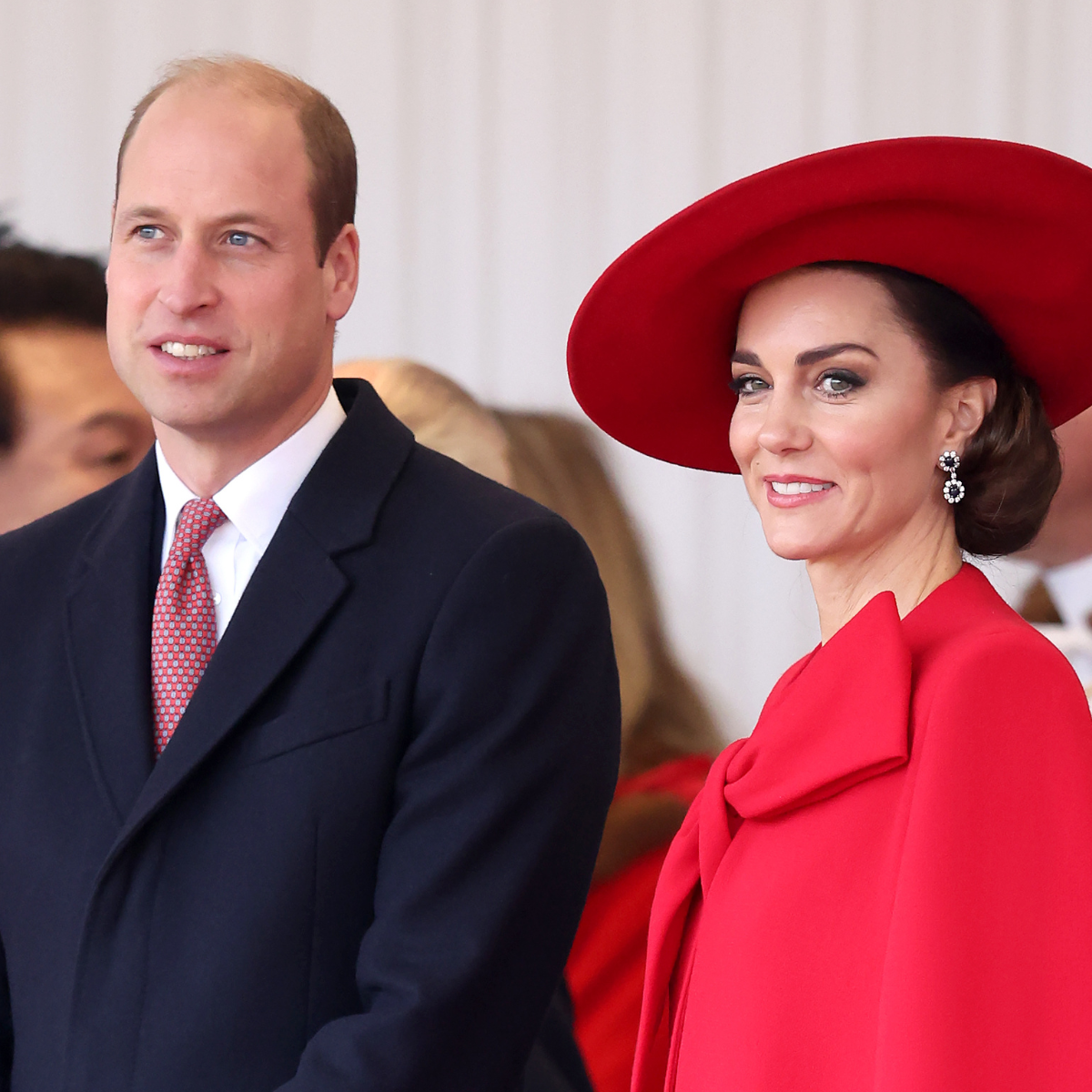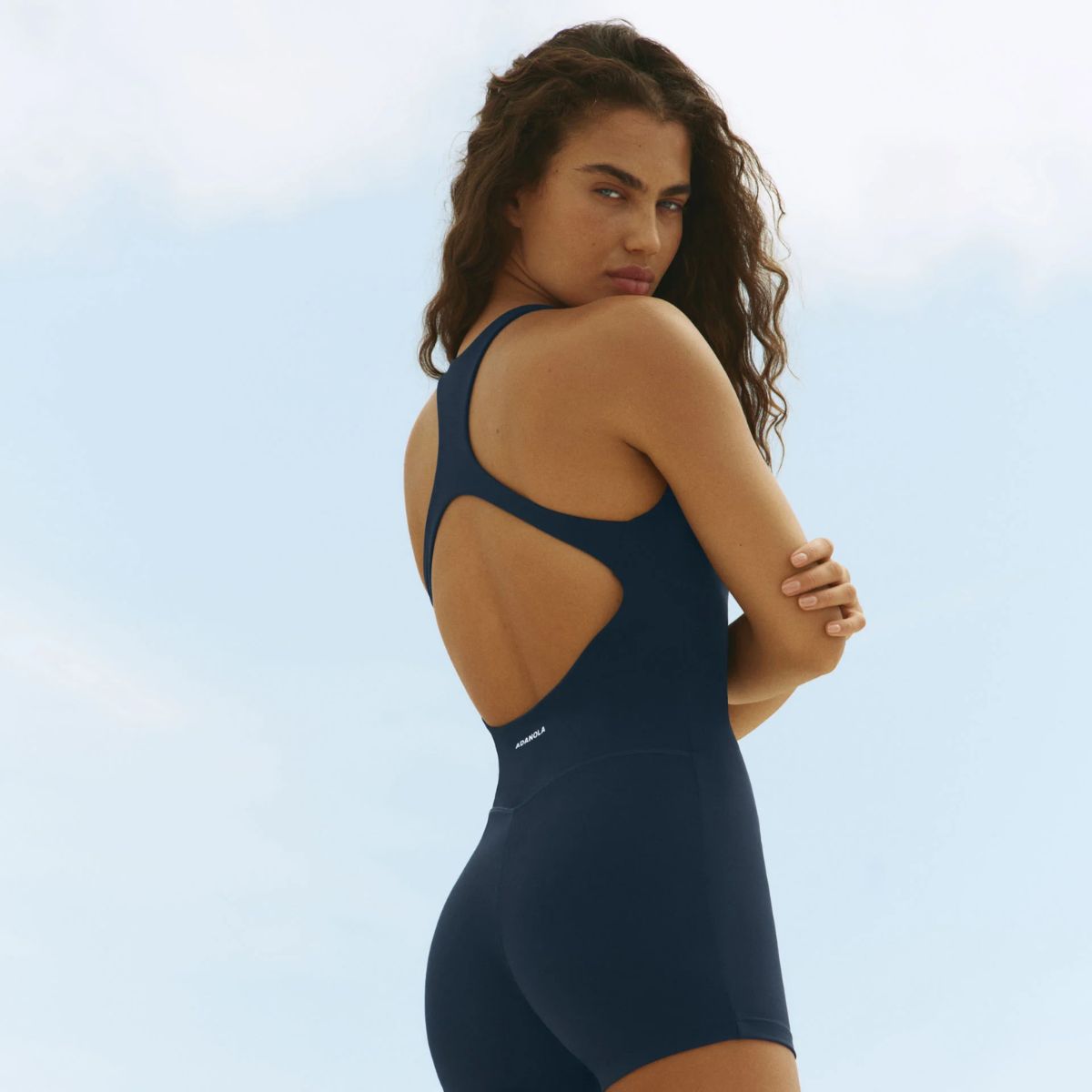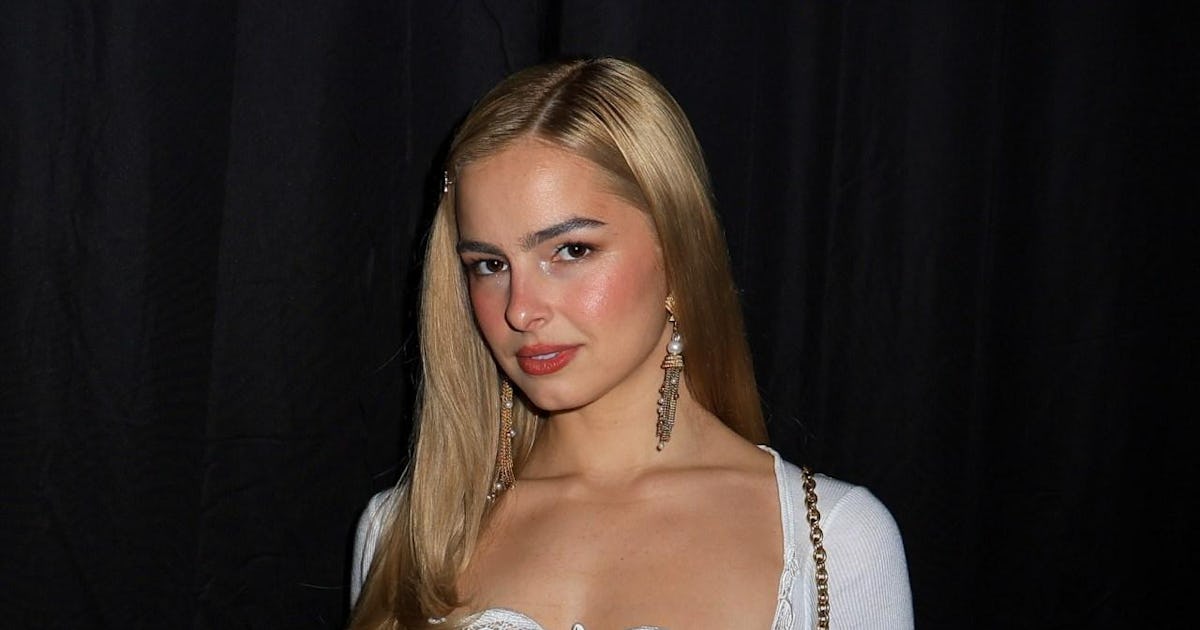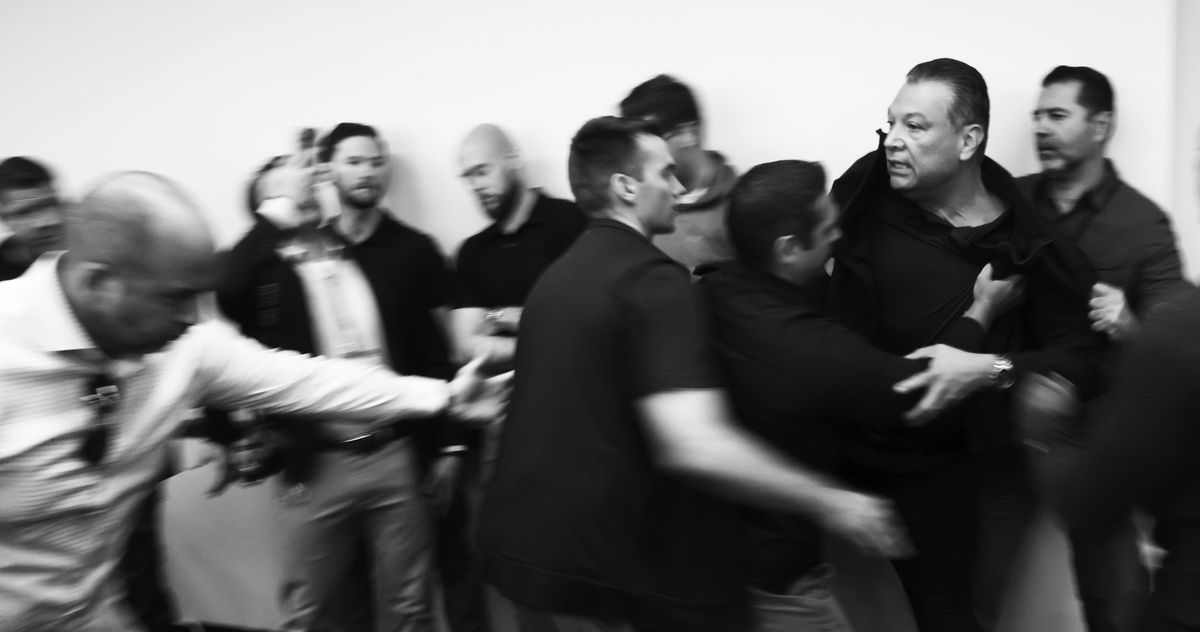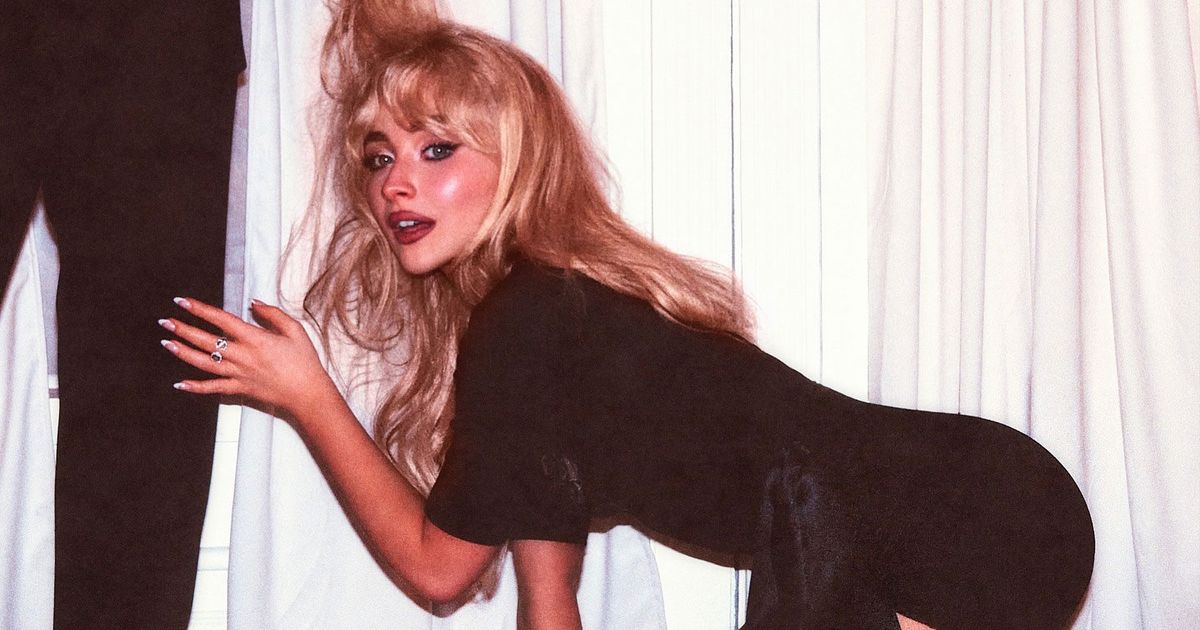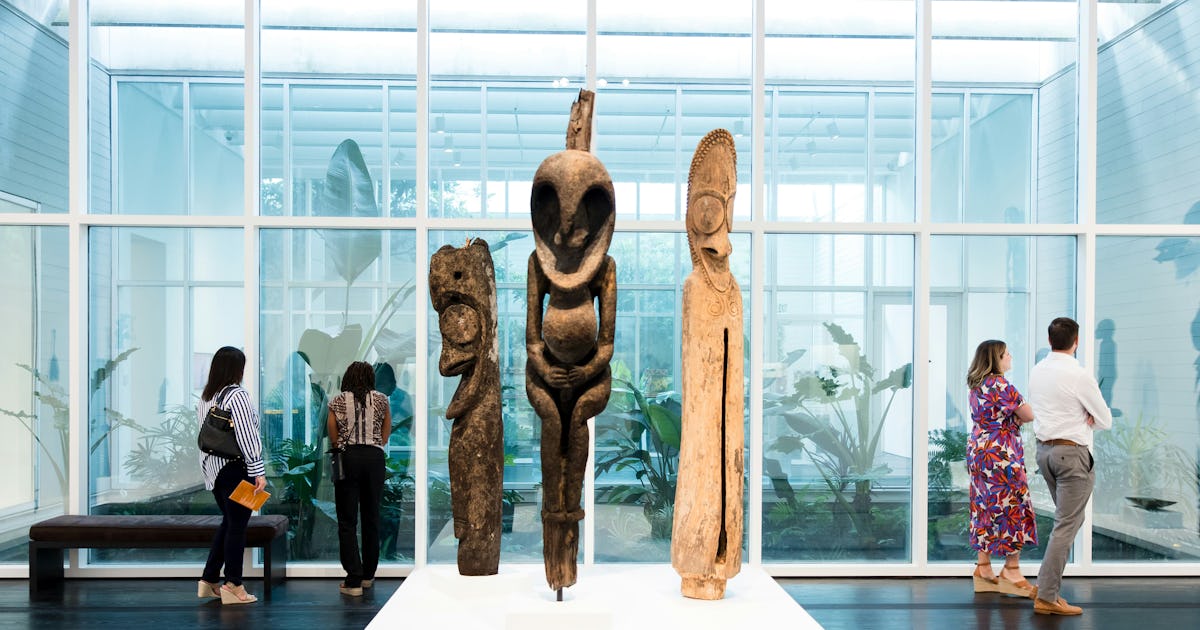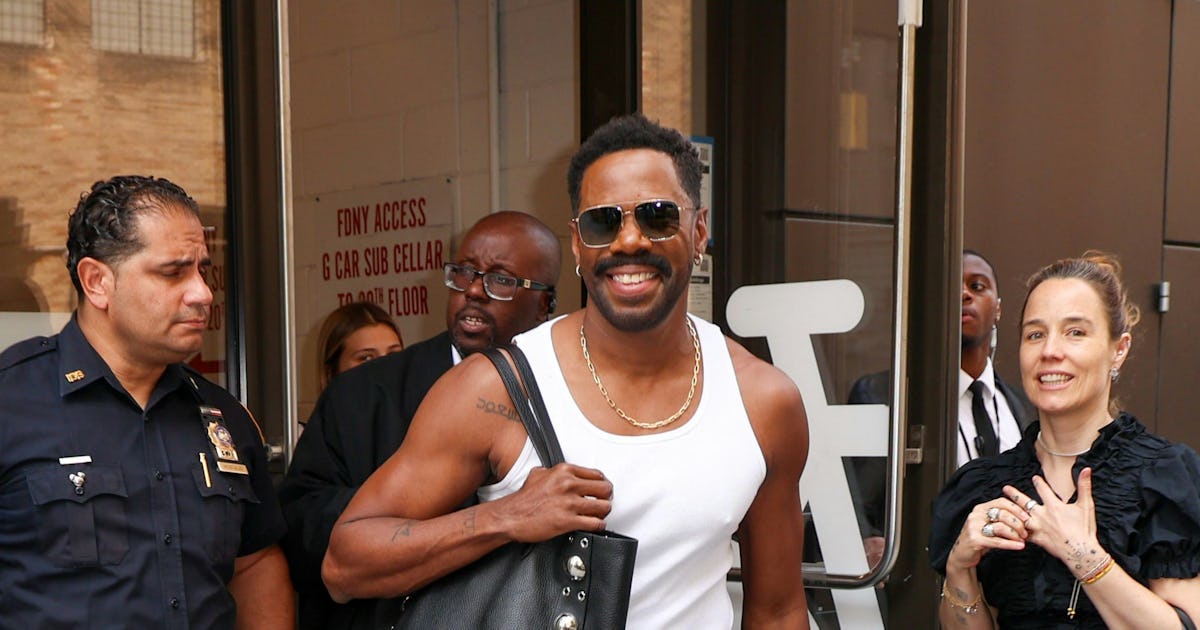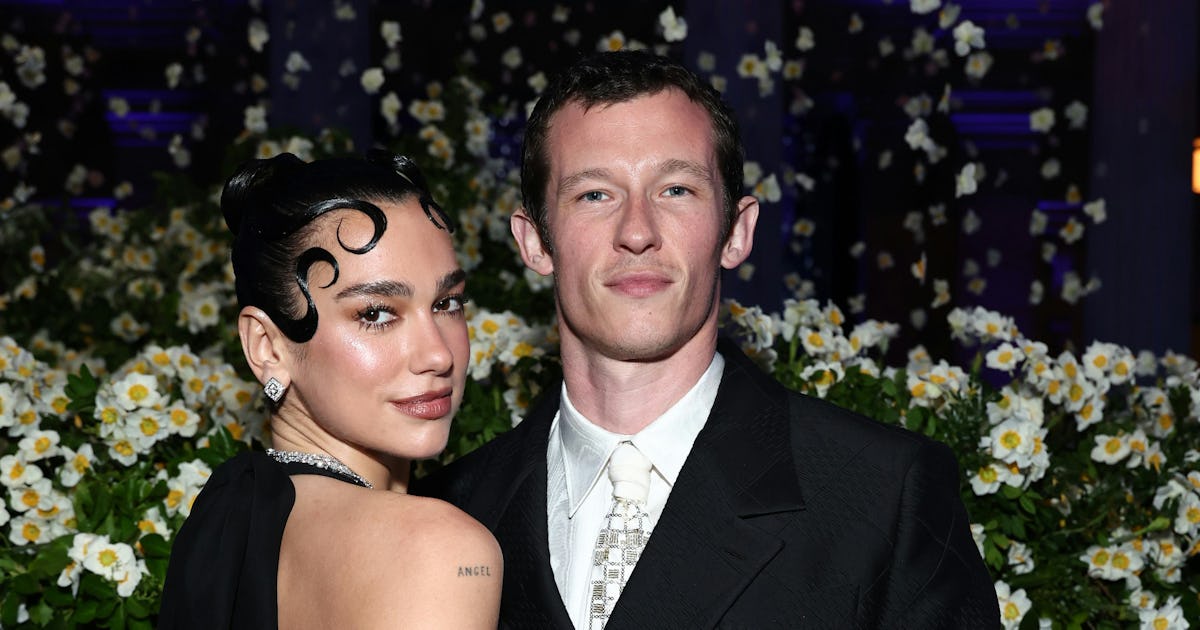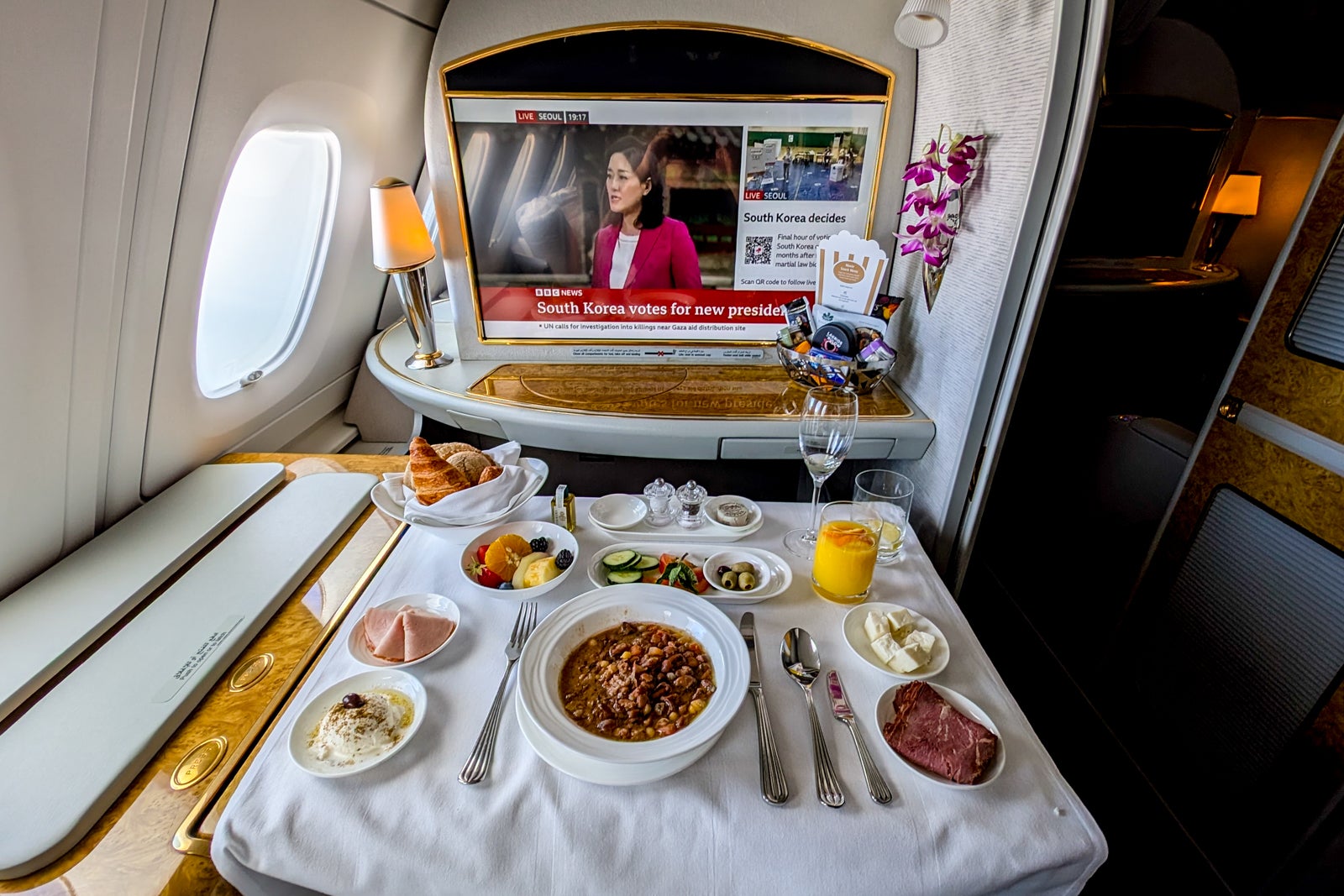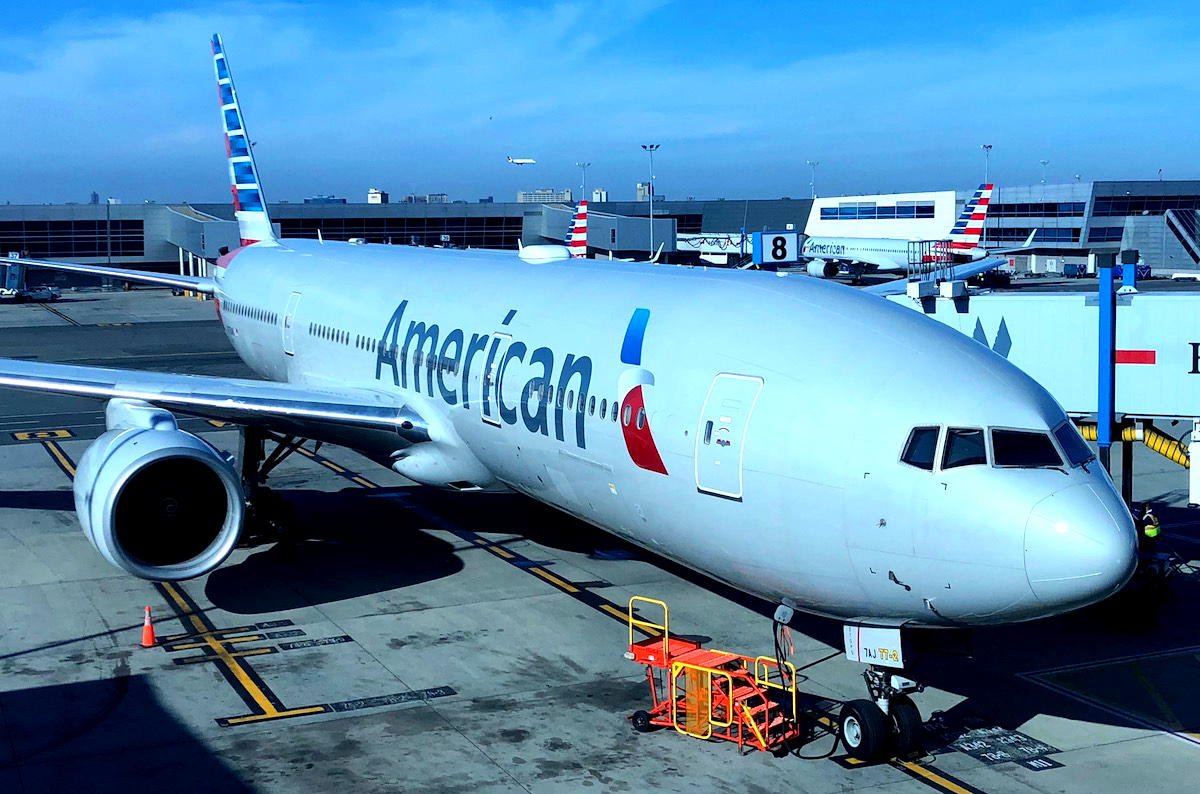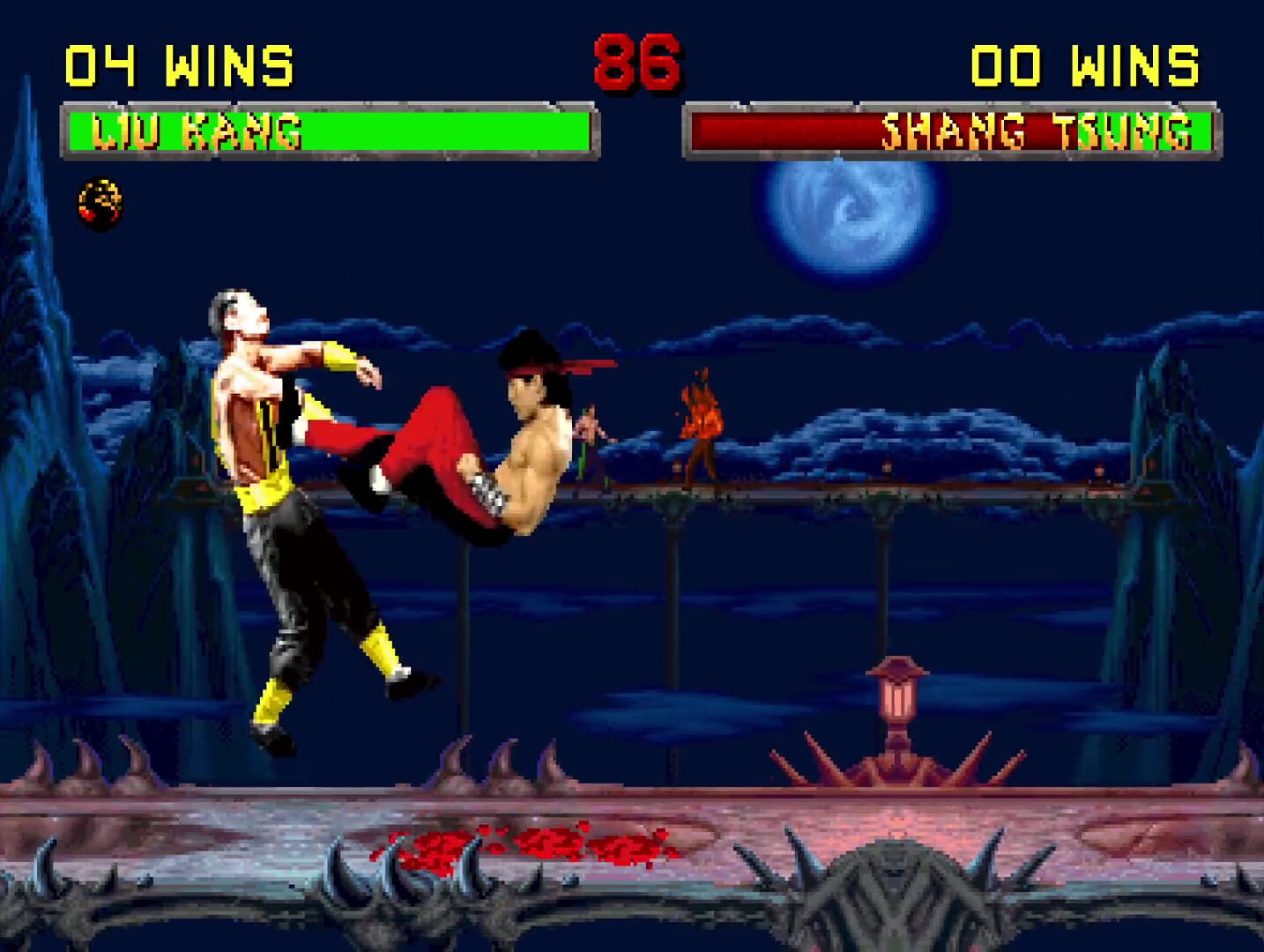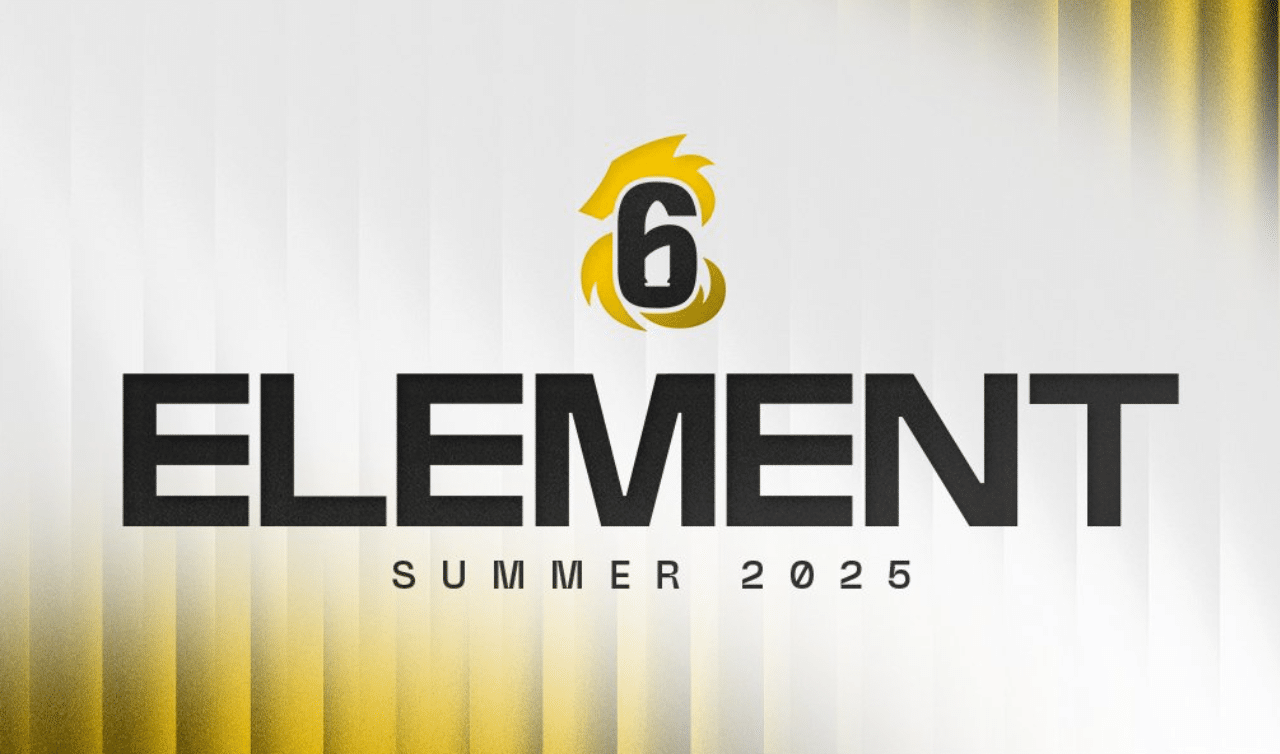What happened to Overwatch’s limited-time events?
Image credit: Blizzard TL;DR Overwatch set the gold standard for limited-time events shortly after its release in 2016. Overwatch’s limited-time event modes peaked with the introduction of Archives: Uprising in April 2017. Fast-forward to Overwatch 2, and Blizzard has ramped up the number of events with more aggressive monetisation, with the now free-to-play game needing … Continued The post What happened to Overwatch’s limited-time events? appeared first on Esports Insider.
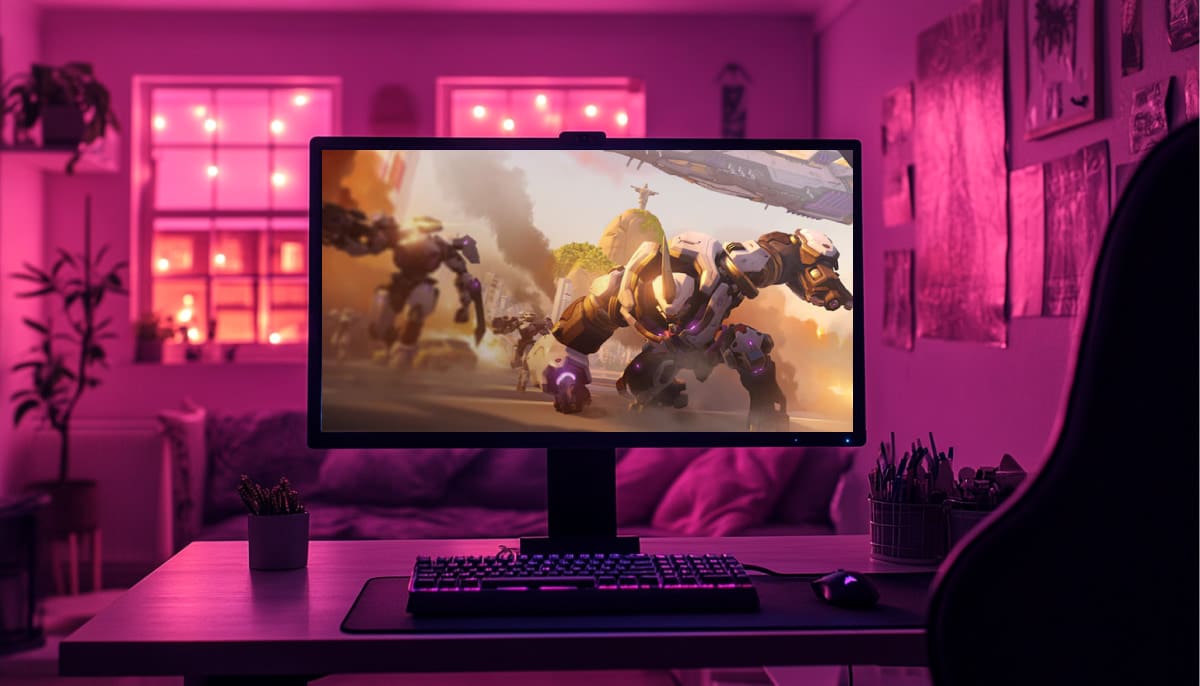

TL;DR
- Overwatch set the gold standard for limited-time events shortly after its release in 2016.
- Overwatch’s limited-time event modes peaked with the introduction of Archives: Uprising in April 2017.
- Fast-forward to Overwatch 2, and Blizzard has ramped up the number of events with more aggressive monetisation, with the now free-to-play game needing to find its revenue elsewhere.
- Skins that were once easily earned through playing the game were only available to purchase with cash during seasonal events.
- Cosmetics that were once lore-friendly costumes became statement pieces tied to advertisements and crossovers.
Overwatch set a great example for limited-time events shortly after its release with Summer Games. These events were followed by more seasonal fun, such as Halloween Terror, Winter Wonderland, Lunar New Year, and the narrative-driven Archive. At one point, they were fun breaks to earn themed cosmetics and enjoy the game modes, but now they feel like chores.
Overwatch 2 clearly has different philosophies regarding how it treats limited-time events. Were these events ever good, or are players nostalgic for a time they don’t quite remember? Let’s take a look at what happened to Overwatch’s limited-time events.
Overwatch’s fun and rewarding limited-time events
Overwatch set the gold standard for limited-time events shortly after its 2016 release. Beginning with the vibrant Summer Games featuring the inaugural Lúcioball 3v3 mode, Blizzard set the precedent for fun game modes with themed cosmetics. Players who participated in the event could earn loot boxes with cosmetics, including highlight intros, emotes, sprays, and, of course, themed skins.
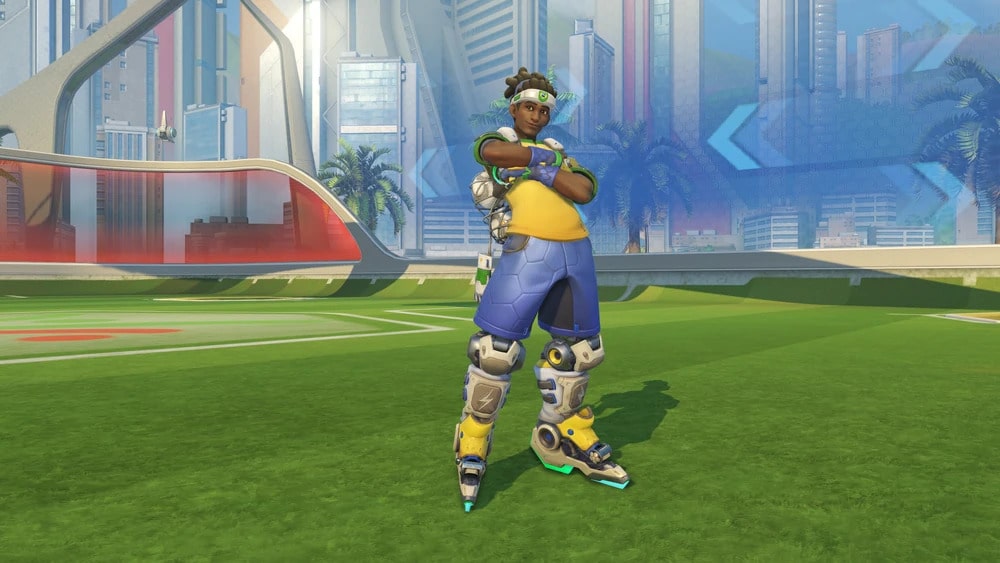
The success of that first event paved the way for other staple seasonal events. The horror-themed Halloween Terror took place in October and featured wave-based PvE horde-shooter mode Junkerstein’s Revenge. Following that was the third seasonal event, Winter Wonderland, launching with a Mei-exclusive team deathmatch called Mei’s Snowball Offensive along with winter holiday-themed skins.
The fourth regular seasonal event in Overwatch is Lunar New Year, celebrating the Chinese New Year, which changes based on the yearly Zodiac. For example, it celebrated the Year of the Rooster when it was first launched in 2017, then the Year of the Dog the following year. The Lunar New Year event also brings the Capture the Flag mode, where teams must grab the opponent’s flag and bring it to their base.
However, what best exemplifies Overwatch’s successful limited-time event modes was the introduction of Archives: Uprising in April 2017. This four-player PvE mode tasked players in PvE campaigns based on key missions from the Overwatch lore. Overwatch always had rich lore, and each of the Archives’ missions expanded its world and characters.

Every May marks Overwatch’s anniversary and celebrates its release through events. Normally, the Overwatch Anniversary event is used to unlock skins by completing challenges from past events, but it sometimes includes new maps or modes like 3v3 Lockout Elimination.
Blizzard would reiterate on these seasonal events every time they rolled around. Hero-locked events were given more playable characters, or even removed the lockout, Winter Wonderland added Yeti Hunt, and Lúcioball would have a competitive mode. These events were still fun and a welcome break from the regular grind of the game, and while the easy progression for the updated cosmetics was appreciated, their repetitiveness eventually became a chore for the community.
Aside from these big events, Overwatch also had smaller events throughout the year. There were Challenges that rewarded players with skins and other cosmetics, often related to the release of a new map, short story, comics, or cinematics. The first one was D.Va’s Nano Cola Challenge that started on August 28, 2018. Additionally, there were charity events and self-collabs with other Blizzard games, like Diablo and Starcraft.
This rhythm of seasonal events and frequent challenges had a consistent cadence until 2020, when the pandemic slowed down Overwatch’s varied events dramatically. Preparing for Overwatch 2
Overwatch 2’s numerous monetised events
Fast-forward to Overwatch 2, and Blizzard has ramped up the number of events with more aggressive monetisation. The prior removal of lootboxes and turning the game free-to-play meant that the game had to find its revenue elsewhere.
Skins that were once easily earned through playing the game were only available to purchase with cash during Seasonal events. Events became advertisements to sell skins that were only available during a limited period. Collaborations become much more frequent, turning away from lore-friendly skins in favour of crossovers from media and even a K-pop group.
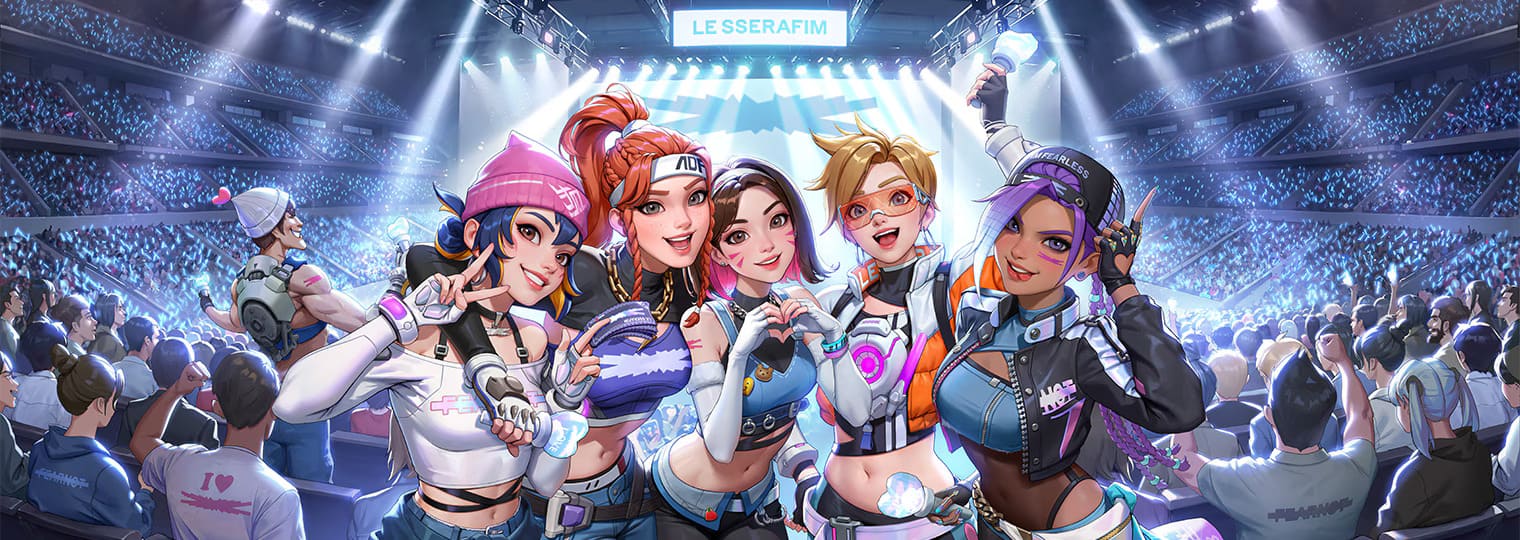
Cosmetics that were once lore-friendly costumes became statement pieces tied to advertisements and crossovers. Themed battle passes headlined each Overwatch 2 season and carried a bulk of the newer skins, and were the main source for Mythic skins. The introduction of battle passes also meant that the progression systems were tied to it, and premium players get more out of the season.
The biggest offender was charging players $15 for the story missions released in Season 6: Invasion. This was in especially bad taste since the promised PvE for the sequel was recently scrapped. After this incident, Blizzard has deemed the cost for PvE a waste of their resources and stopped releasing narrative-driven missions.
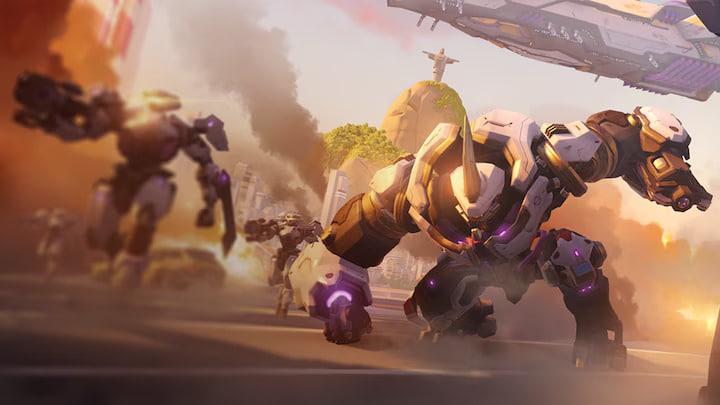
Overwatch 2 has completely given up on expanding the lore like the first game. World-class cinematics that used to accompany every new hero are replaced by infrequent, rushed shorts for select characters. Every season takes the cast further and further away from the established lore, even going full fantasy.
Despite Blizzard’s attempts to maintain Overwatch 2’s event momentum, the result feels hollow: heavy on cosmetic sales but light on meaningful content. The world and characters that once felt alive through cohesive, lore-driven storytelling have been reduced to periodic flash sales and cross-brand promos that appeal more to corporate synergy than player connection.
All of this undercuts Blizzard’s ability to sustain emotional engagement. When players log in, they aren’t greeted with a sense of evolving world or community celebration; they’re met with limited-time shop prompts or grindy tier systems. Without narrative cohesion or meaningful progression, Overwatch 2 risks becoming little more than another cash shop masquerading as a game, and these decisions still haunt them and taint the player’s will, despite its healthy state.
Overwatch 2 still has the best events
Despite Blizzard’s attempts to sabotage their lore, despite events that are aggressively there to promote skins, and despite the repetition and recycled content, Overwatch 2 still has one of the best limited-time events in gaming.
Comparatively, the bar is quite low. Overwatch’s main competitor, Marvel Rivals, lacks creativity when it comes to creating their limited-time modes.
Fortnite takes the top spot by keeping the game fresh during seasonal events, introducing new mechanics that spice up regular gameplay. But other than that, there aren’t many titles that try to outdo themselves with limited-time events. Many games have their versions of repetitive seasonal content during major holidays. For example, Destiny 2 has set seasonal events that reward a batch of new (and often underwhelming) weapons every year.

Where most games are content with decorating their maps during holidays, Overwatch tries to elaborate on these events and update them with new skins. Blizzard’s experience with multiple genres produces the occasional hit like the Diablo-themed Trials of Sanctuary. The Hero Mastery event is a challenging game mode that allows players to delve into the technical aspects of their heroes in solo time trials.
The Mirrorwatch event was an alternate timeline of the established lore and came with fresh takes on the abilities of the cast. Totally Normalwatch has to be the best April Fool’s mode in all of gaming because Blizzard gave the cast quirky special powers and let the chaos loose. The non-canonical dating simulator Loverwatch is so well-made that you can’t help but like it.
Stadium is a new permanent game mode where players can explore the power fantasy of their hero. Overwatch 2 also occasionally includes nostalgic, classic patches where players can relive some iconic patches throughout the game’s history.
Conclusion
Blizzard can create these great events that also fall under predatory monetising schemes. Both can be true. These seasonal content and limited-time events that used to be bonus content for players have turned into FOMO sales to get players reaching into their wallets.
Ultimately, Overwatch 2 isn’t just shifting how events feel: it’s shifting why we play. Its pulse now beats to the sounds of flash sales and premium tiers, not the rhythms of story and community. Short of a return to bite-sized PvE, generous earnables, or lore-first celebration modes, these LTMs may remain nostalgia hits rather than living, beating reasons to play.
FAQs
Limited-time events in Overwatch 2 are in-game events that often feature a new game mode or challenge. It usually offers participating players cosmetics like skins.
Overwatch 2 Season 16’s most recent limited-time event was Overwatch 2 x Gundam Wing, which was a collaboration with Gundam and included four legendary skins.
Overwatch Archives were considered the best limited-time event in Overwatch because of its PvE missions that expanded the lore of its universe.
The post What happened to Overwatch’s limited-time events? appeared first on Esports Insider.












































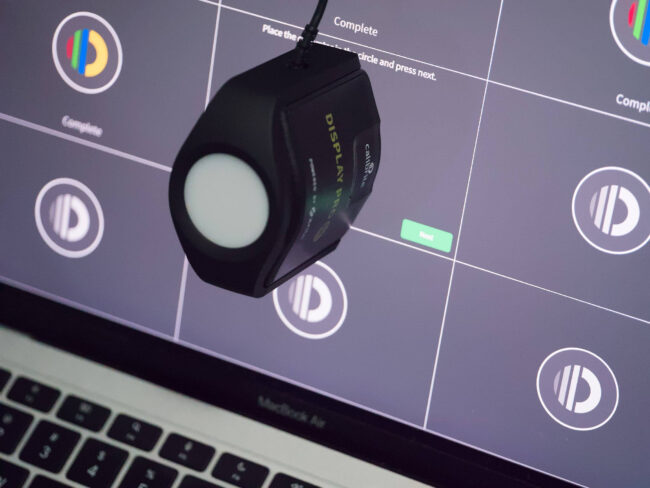











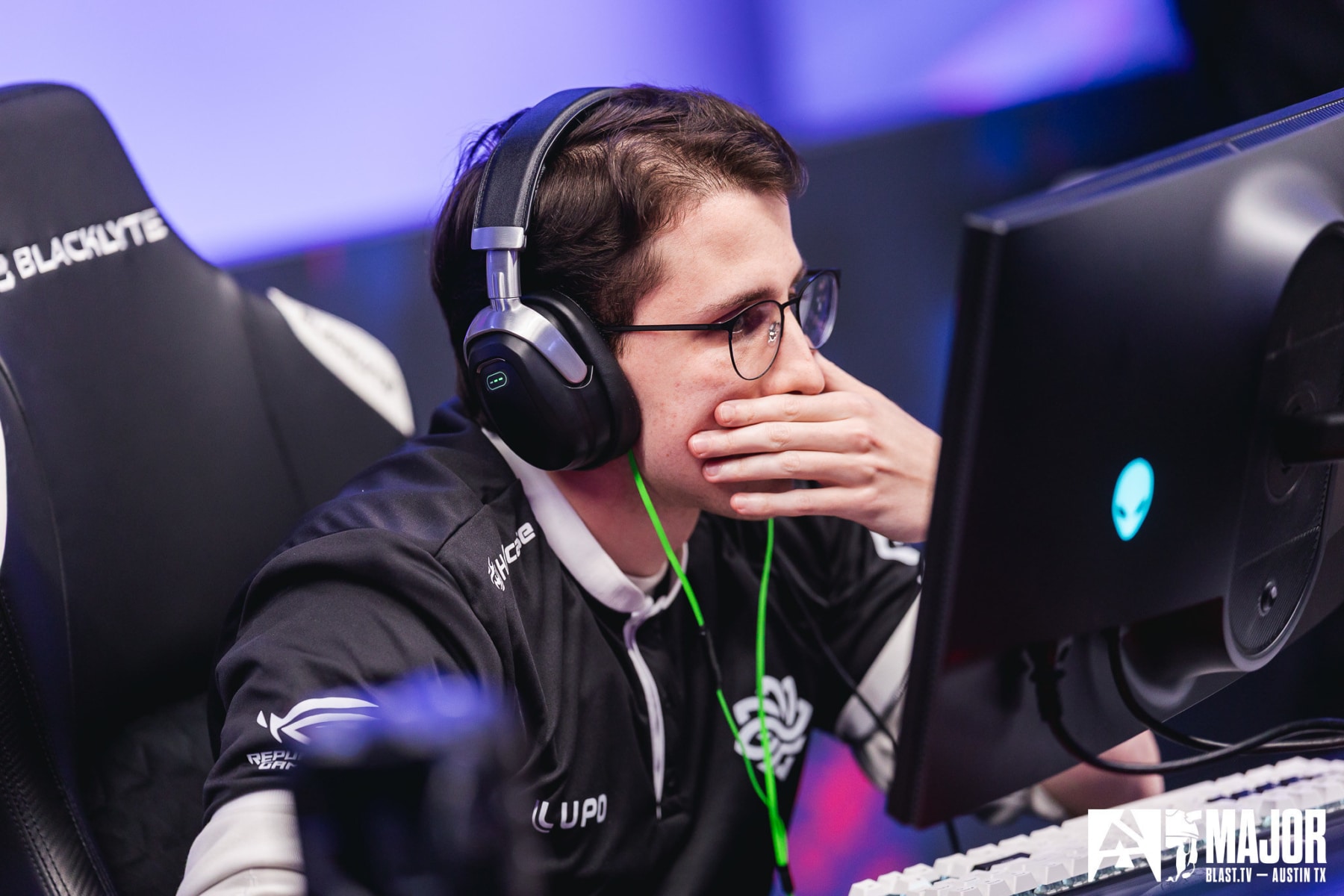


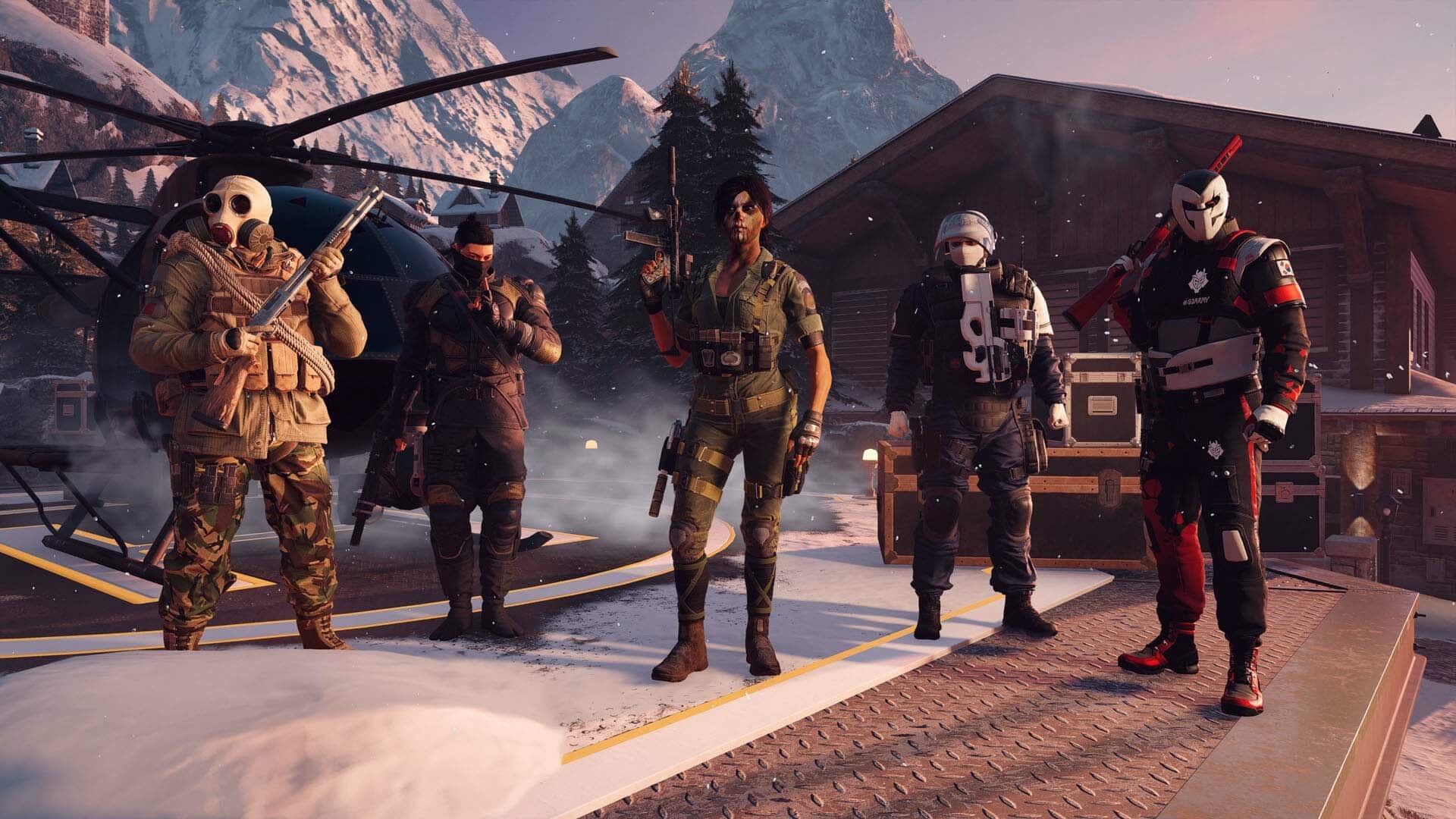



-30-7-screenshot_0FxoE4J.png?width=1920&height=1920&fit=bounds&quality=70&format=jpg&auto=webp#)










